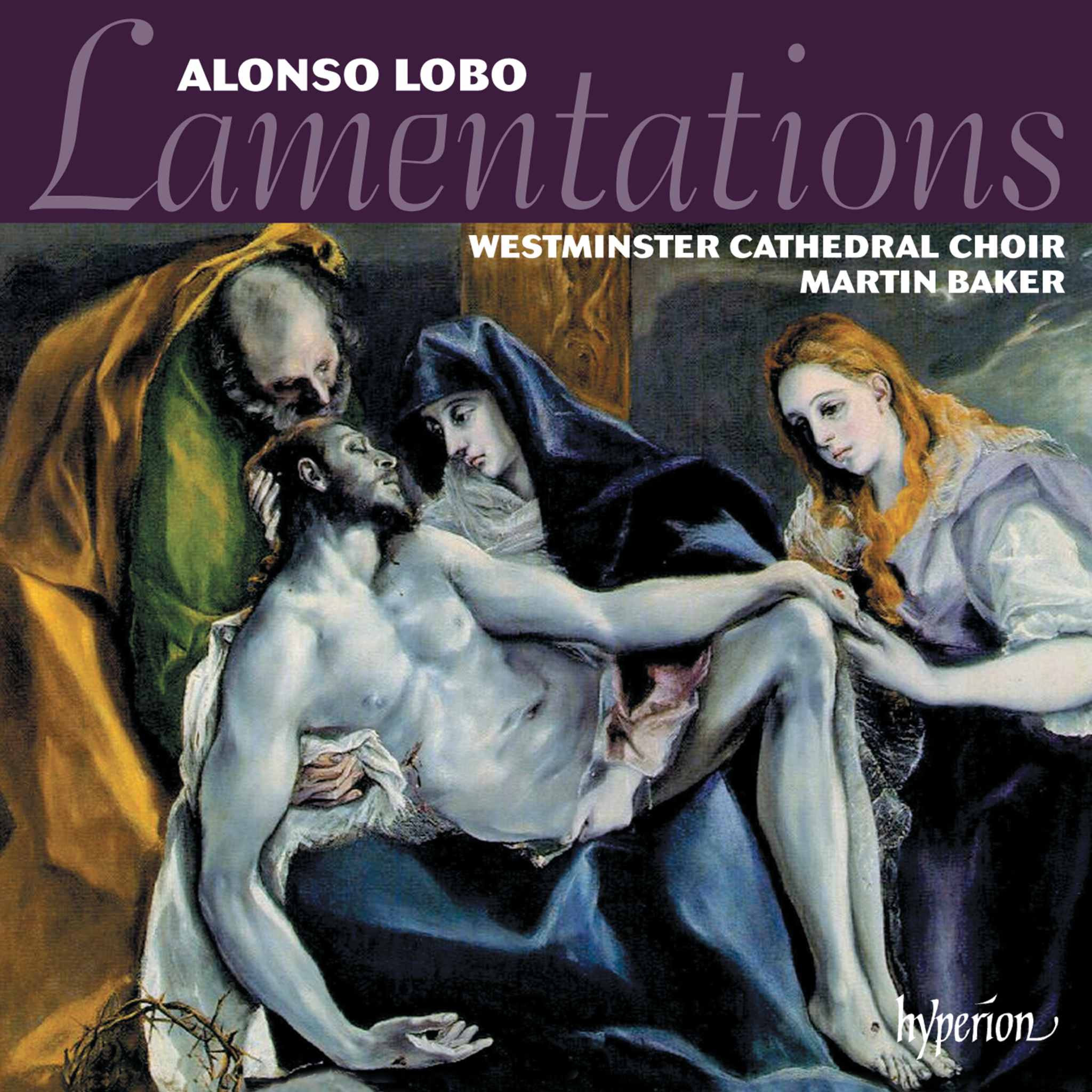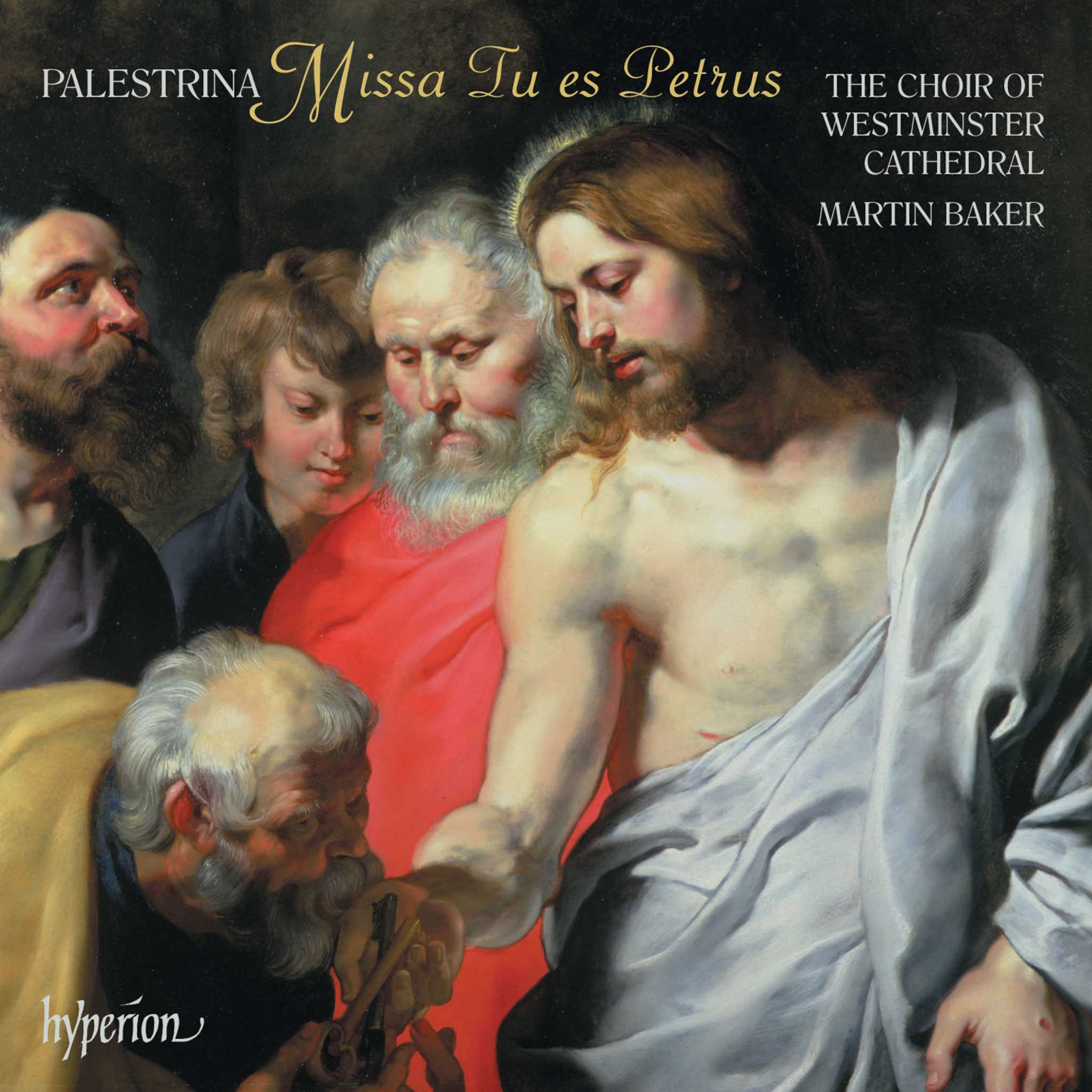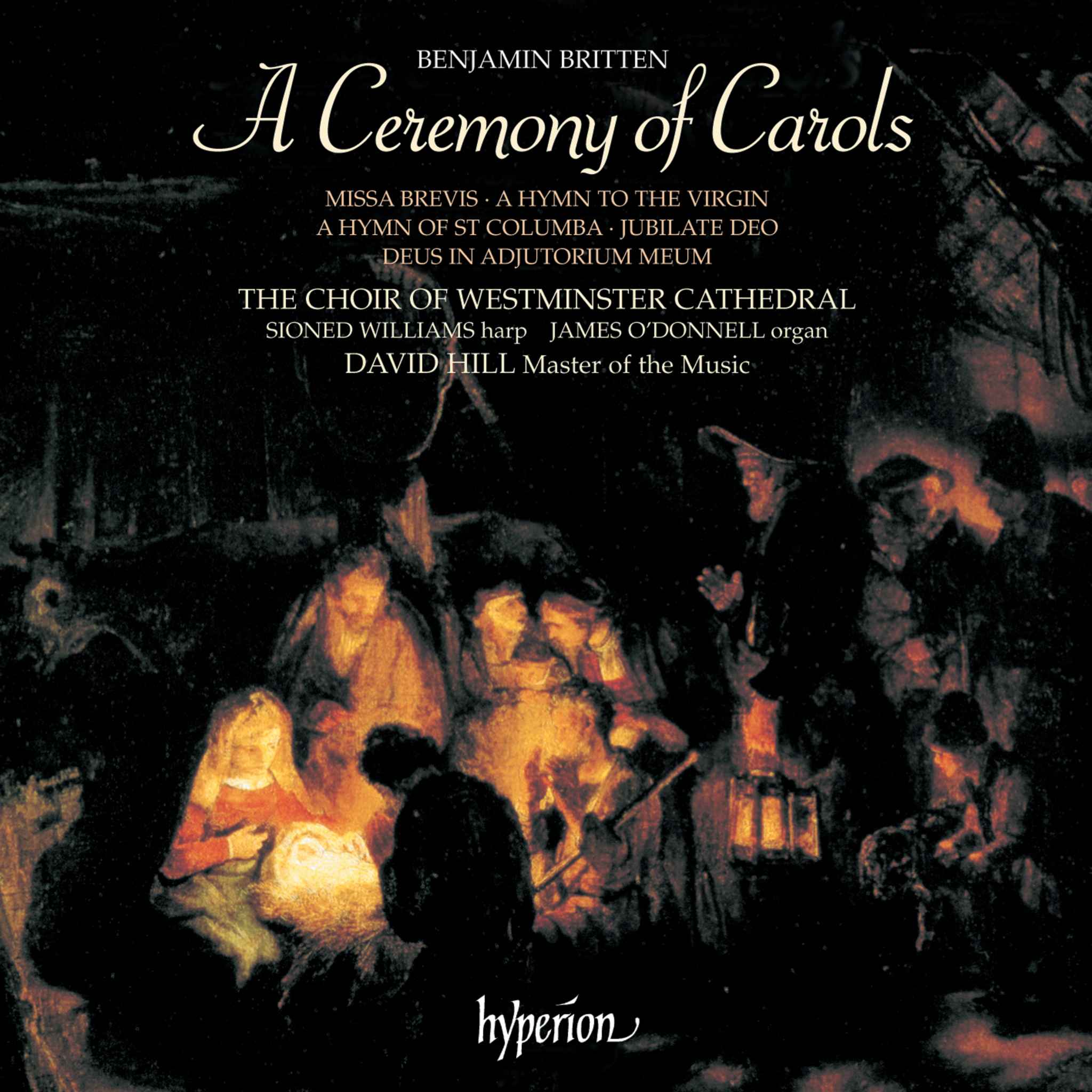Album insights
James Brydges, who became Earl of Carnarvon in October 1714 and First Duke of Chandos in April 1719, acquired his wealth serving as the paymaster of Queen Anne's army during the War of Spanish Succession (1703–13). Following this, he focused on transforming his country estate, Cannons, located near Edgware, northwest of London, into a modern Palladian villa. Brydges' staff included musicians, with Handel apparently hired as the resident composer. His presence at Cannons was recorded as early as August 4, 1717, and he likely stayed there continuously until late 1718.
Handel composed works for Brydges, including the "Pastorale" Acis and Galatea, HWV49a, the oratorio Esther, HWV50a, and the eleven so-called "Chandos" or "Cannons" Anthems along with a Te Deum. The anthems were performed at St Lawrence, Little Stanmore, a church restored by Brydges in Italian Baroque style. "O come, let us sing unto the Lord," HWV253, is one of the Cannons Anthems featuring multiple tenor voices and possibly served as a counterpart to the "Cannons" Te Deum in B-flat, HWV281.
These monumental compositions, such as As pants the hart, HWV251b, and I will magnify thee, O God, HWV250a, reflect Handel's contrapuntal mastery and thematic richness. They were crafted for specific vocal and instrumental ensembles, honoring both Brydges' patronage and Handel's artistic fervor. Handel's dual commitments to sacred and secular music intertwined, creating lasting masterpieces that found resonance in both intimate and grand settings across time and space.







